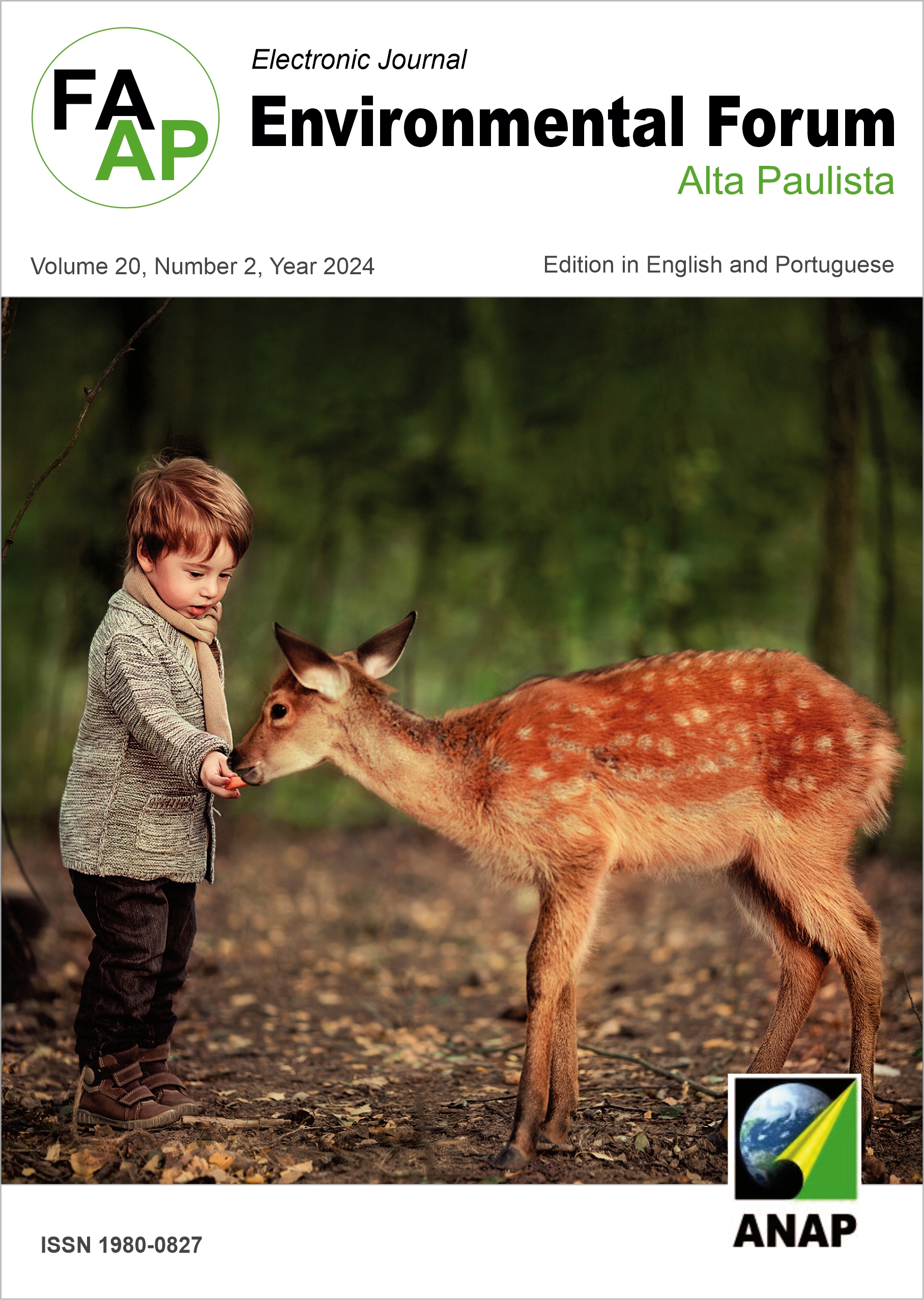Analysis of heat island intensity in a medium-sized city with a tropical climate
DOI:
https://doi.org/10.17271/1980082720220244999Keywords:
Urbanization, Urban climatology, GeostatisticsAbstract
The city of Cuiabá-MT continues to show demographic growth (IBGE, 2022), accompanied by urban expansion with urban planning regardless of climate issues, which contributes to generating negative socio-spatial impacts, in addition to impacting human health. This scenario has been taking shape over the years, as the urbanization process progresses, freeing itself from environmental assets, vegetated areas are being lost and the impermeable surface increases. Given this context, the general objective of this article was to analyze the spatial dependence of the urban heat island in relation to the characteristics of land use and coverage. To measure the intensity of the urban heat island, records from mobile transects and the reference station considered “rural station” were used. Analyzing the behavior of the heat island in the summer and winter seasons, it was observed that in summer the intensity of the heat island is clearer, with an average intensity of 4.70 °C , which may be associated with a decrease in permeable coverage and increased waterproof coverage. However, the island of coolness observed in the transects was more evident during winter with an average intensity of -4.26°C, highlighting that areas under the influence of large masses of vegetation had their own characteristics with different microclimates to other areas of the city. The application of geostatistics, especially the use of semivariogram, proved to be satisfactory in data analysis, demonstrating moderate to strong spatial dependence between the variables.
Downloads
Downloads
Published
Issue
Section
License

This work is licensed under a Creative Commons Attribution-NonCommercial-ShareAlike 4.0 International License.












